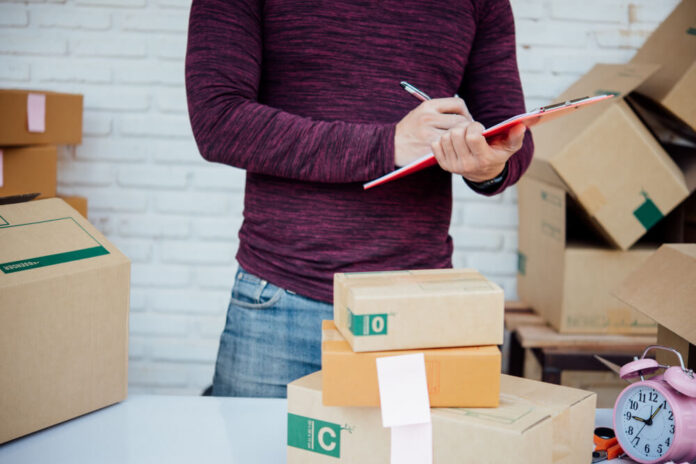As a business owner, it can be difficult to prioritize returns and make the process as easy as possible for your customers. And this is one aspect of your store you need to take seriously. It doesn’t only help you keep track of your goods but also holds a lot of benefits for your customers.
Yes, making returns simple can encourage your customers to shop with you again and can ensure that they leave your store having had a positive and stress-free experience. So, in this post, we will be talking about some ways you can make returns easier for your customers. Just keep reading!
How to Make Retail Returns Easier
#1: Use Drop-Off Boxes
One of the top ways that you can make your retail returns easier for your customers is to use drop-off boxes. This type of box is incredibly useful as all your customers will have to do to return an item is to place it into the box, which staff can later access to receive the goods in question.
These parcel drop off lockers also have built-in label printers that can allow customers to process their own returns and print off their labels in-store, without having to pop down to the post office. This can ensure that your goods are not left hanging around your customers’ houses unwanted for many days and weeks and can allow them to return their items while shopping for other products.
#2: Implement an Online Portal
If you are looking to make retail returns easier, you should also consider implementing a digital returns portal for your customers to use. This will allow them to sort out their returns and print a postal label without having to communicate with a member of staff.
This will allow your customers to manage their orders all in one place. They will be able to get the information that they need and find their order in no time at all. Plus, when their return has been processed, they will get a real-time update about it.
Having an online portal will not only benefit your customers; it can also help you to track returns, manage your warehouse and inventory, and chase up issues with returns. If you have always been concerned about why your customers have returned an item, an online portal can give a short survey implemented into it to give you a clue about this.
#3: Create Labels for Customers
When you are trying to make returning goods easier for your customers, you should create returns labels for them so that they can easily stick on their parcels. This can also encourage them to shop with your brand by making returns free.
These postal labels might also use QR codes to speed up the procedure when your customer gets to the post office. You can either place this returns label in the original parcel for your customer, encourage them to go online to print it, or get them to communicate with one of your team, who will print a label for them.
#4: Use an Order Management System
If you are concerned that your returns policy is not efficient or effective enough, you should consider investing in an order management system for your company. This system can track and manage the orders that your brand receives online from the moment that they are purchased, to when they are received by your customer, or when they are returned to you.
A lot of order management systems have off-shoots called returns management systems. This type of modern software can help you to keep an eye on your returns. It will allow you to create parcel labels and provide automated updates for your customers about return pickups.
It will also keep you updated when you have received their return while also improving your quality control when items are returned to you.
#5: Track Returns Data
If you want to improve your customer’s experience when they want to return a purchase, you should make sure that you are tracking your returns data, including what products are returned and why. You should also track how long your returns take to be processed. Ultimately, this data will become critical to any returns abuse prevention measures you put in place.
When you have your eyes on this data, you will be able to improve the offerings that you design and sell. It will also ensure that your customers get their money back in good time while also helping you be sure that your returns policy is as effective as it could be. This will allow you to highlight any issues with your returns and phase out any items that are constantly being sent back to you.
Final note
There you have it! If you have been struggling with returns in your retail store – whether online or in-store – you need to find a way to make this easy for you and your customers. We have already highlighted some ways you can go about this in this post. Just leverage them and you will be helping your customers have an amazing experience shopping with you, even when they need to return already purchased goods.
















